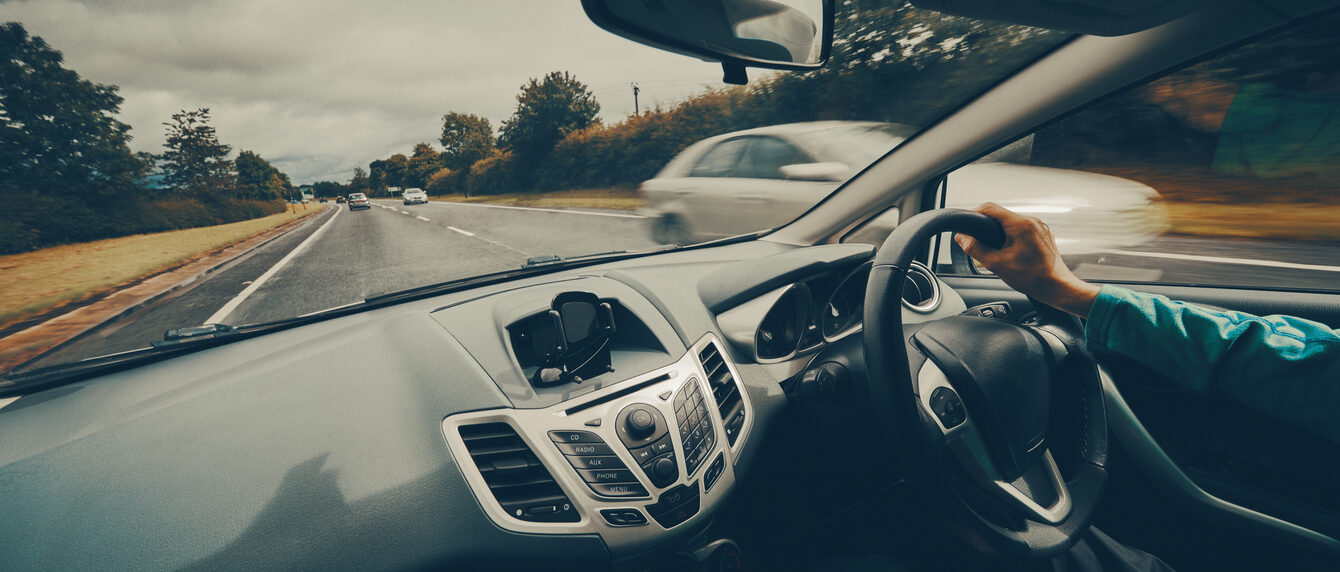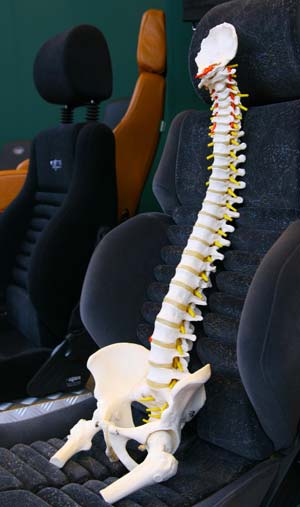Vehicle ergonomics
Our vehicle ergonomics specialists help you improve the wellbeing of your drivers....
Our vehicle ergonomics specialists help you improve the wellbeing of your drivers....
 Don’t let back pain spoil your journey
Don’t let back pain spoil your journeyWith lockdown restrictions easing, more of us are getting out and about. To help control coronavirus, the Government advise walking or cycling, but this is not always possible, so driving is likely to increase. Follow our practical steps to help you find a comfortable driving position.
Take the time to familiarise yourself with the many adjustments in your car (e.g. seat, steering wheel), then follow these 7 steps to find the most comfortable driving position:
 And don’t forget to take a break!
And don’t forget to take a break!A good driving position can reduce unnecessary discomfort and back problems. But any posture, no matter how good it is, can cause discomfort if it is held for too long – so you should also take regular breaks.
The Highway Code recommends taking a break of at least 15 minutes from driving, every two hours. This should be the maximum length of time you drive without a break, and on each break, get out of your car, walk around and stretch.

Our vehicle ergonomics specialists help you improve the wellbeing of your drivers....
Our vehicle ergonomics specialists help you improve the wellbeing of your drivers....
As more workplaces open up and people go back to work, more people will move towards driving, so it is inevitable that traffic will increase. This ...
As more workplaces open up and people go back to work, more people will move towards driving, so it is inevitable that traffic will increase. This might also increase the risk of accidents on the road...
We can provide our full range of services remotely, including our home worker ergonomic assessments. Our ergonomic assessments help your employees, ...
We can provide our full range of services remotely, including our home worker ergonomic assessments. Our ergonomic assessments help your employees, including those with complex musculoskeletal needs...